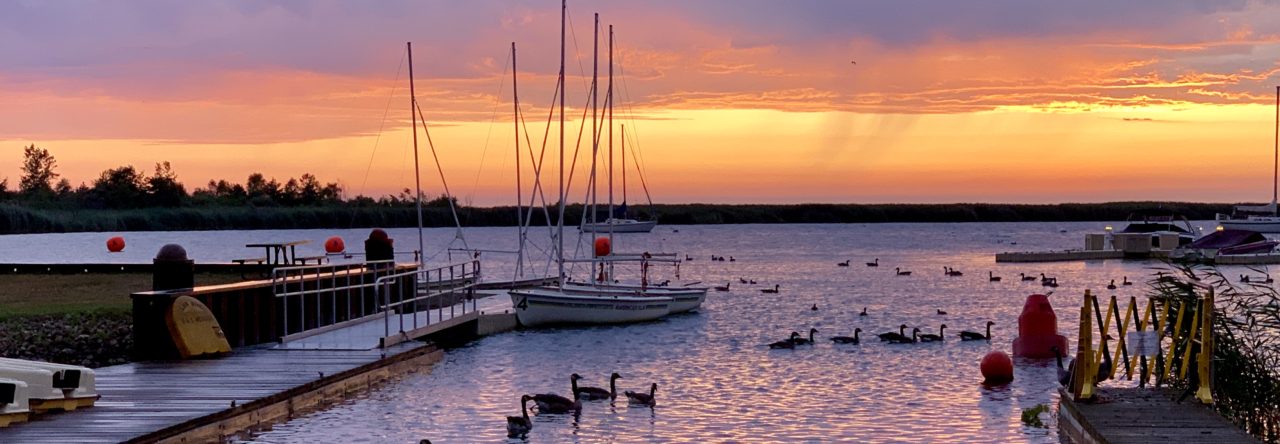The February meeting of Ikebana was a field trip to the Meguro Gajoen in Tokyo to view the Hina Matsuri. Hina Matsuri are Japanese dolls dressed in traditional court attire. The dolls are typically displayed in households the month prior to Girls’ Day which is March 3rd.
The Meguro Gajoen had a special display of Hina Matsuri throughout seven rooms which were connected by the venue’s beautiful Hyakudan Kaidan (Hundred-Step Staircase). Yes, there were literally 100 steps. There was a number on each one as you climbed. Fortunately, the seven display rooms were staggered throughout the climb allowing you time to rest as you viewed the dolls.
The dolls dated back to the late 1800s and came from the Kyushu region of Japan.
One of the Japanese members of Ikebana explained to us the tradition of Hina Matsuri. When a girl is born into a family, she is usually given a Hina Matsuri display from her grandparents. It is either purchased new or often passed down through generations. It is said to bring her good luck, health, and a happy marriage. The display is set up about a month before Girls’ Day in the family home. Often, when the girl is young, she is photographed with the display. The display is promptly taken down and packed away after Girls’ Day to prevent back luck, illness or a girl from not finding a husband. She told us because she had only boys, her parents would put out the display and take a picture of their female dog among the Hina Matsuri as a joke.
The unfortunate part was photography was not permitted of the displays. I was able to take a few pictures of the Meguro Gajoen, which was beautiful and pictures of the display case in the reception area with a modern Hina Matsuri collection.

On the top level are the bride and groom dressed in traditional kimonos (12 layers). The servants, attendants and cooks are in the lower levels.


The Ume Blossoms in the display were real!!


There were also beautiful Ume arrangements throughout the venue.


Here is a picture of some of the Ikebana members.
Pictured below are mobiles with cloth animals and woven balls known as sagemon.


One of the restaurants overlooked a garden with a waterfall!


I also need to tell you about the bathroom. There was a bridge and a wishing pond! Seriously.


It was yet another wonderful opportunity to learn about Japanese culture and see a beautiful venue.



Leave a Reply